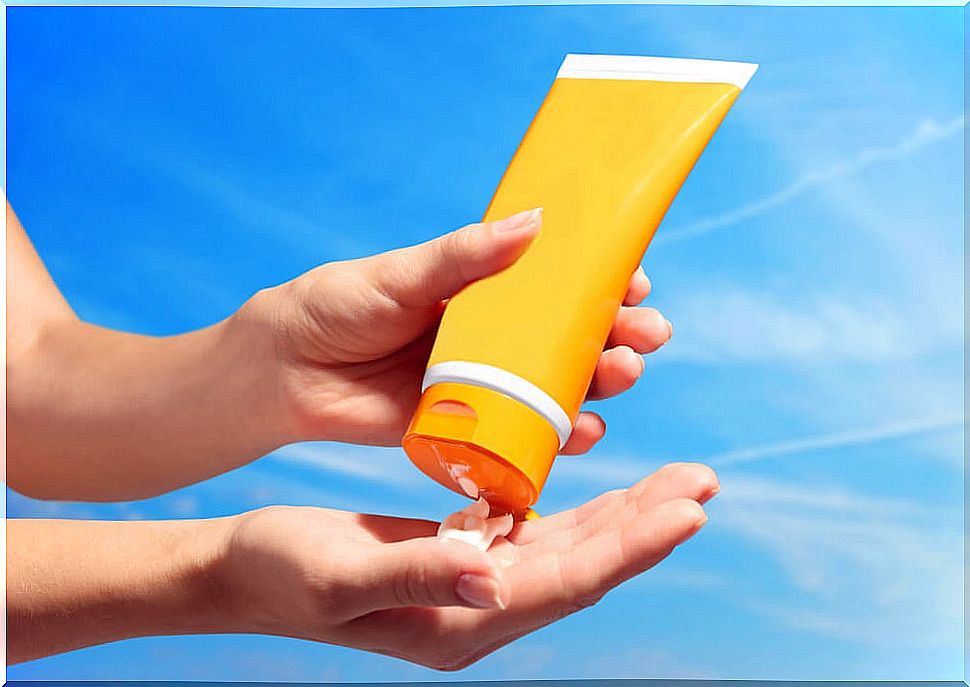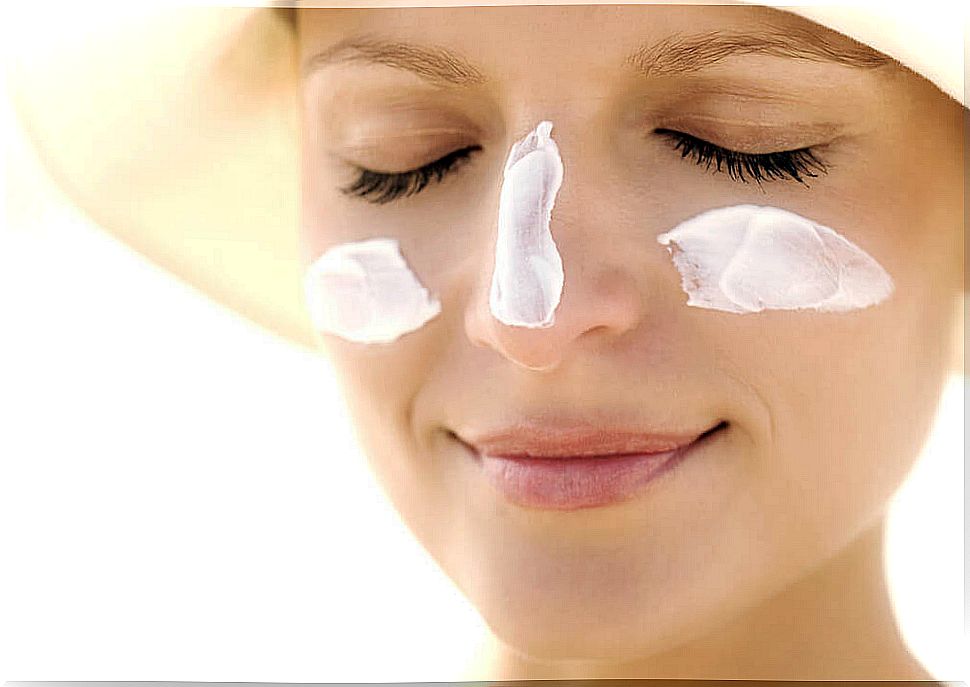Sunscreen According To Skin Type
The skin deserves and needs a series of care to stay healthy.

There is more than one type of skin and there are different reactions that can occur in each one after long periods of exposure to the sun. For this reason, it is important that you know what your skin type is and what sunscreen you should use to give it good care.
The skin acts as a natural barrier and protects against infections and different external factors that could affect us, such as the sun, cold, pollution, etc. It also acts as a thermal regulator, keeping body temperature at 37 ºC. But what determines its color?
The substance is the melanin that determines the color and type of skin. This is derived from the amino acid tyrosine and is produced by melanocytes in the basal layer of the epidermis. It helps to pigment the skin and is responsible for protecting it from the incidence of solar rays.
Melanin is present in other parts of the body such as hair and eyes. Actually, it is the level of the melanocytes that determines the color of each person’s skin. This is because different amounts in the body can generate some shades or others.
Here we explain how you should use the sunscreen according to the type of skin. Protect yourself and enjoy the summer, your skin will thank you. The health of your skin is in the protection, take care of yourself and block the sun’s rays in your body.

Skin type and protection factor
The sun protection factor (SPF) of sunscreens will be in charge of caring for the skin. Each type of skin has a specific care. For example, fair skin requires a higher sun protection factor than people with darker complexions; In general, SPF 30 is recommended on all skin types for daily use.
- Type 1: very light skin with many freckles. It does not tend to tan and always burns, so it requires an SPF of 50 or higher.
- Type 2 : fair skin and freckles. They also tend to burn easily, but take longer to brown. An SPF 30 is recommended.
- Type 3: white skin. It burns in moderation. A minimum SPF 30 is recommended, but for long periods of exposure it is advisable to use a higher one.
- Type 4: combination or slightly dark skin. It pigments easily and in a short time, until it acquires an intermediate brown skin tone. The minimum FPS is 10.
- Type 5: dark skin. It rarely burns, because it achieves a fast and intense tan. An SPF 8 is recommended.
- Type 6: black skin. It practically does not burn. Minimum FPS 6.
Discover: Foods for healthier skin
Sun protection factor
The sun protection factor indicates the number of times the sun photoprotectors increase your natural defense capacity against redness or burns. Sunscreens are composed of these factors, which will be responsible for protecting the skin.
Photoprotectors filter ultraviolet A and B radiation to prevent any type of injury and their graduation indicates the protection rates. In turn, sunscreens are divided into five categories, depending on the sun protection factor:
- Low: from 2 to 6.
- Medium: 8 to 12.
- Height: from 15 to 25.
- Very high: 30 to 50.
- Ultra: 50+
Skin type and age
When choosing a sunscreen, you should take into account if your skin is normal, oily, combination or dry. Likewise, you must choose an adequate protection factor for the most sensitive areas, such as the face, neck and lips.
These products can be found in multiple presentations (creams, lotions, gel, spray, etc.). Today there are several brands that offer makeup specially designed to protect the skin from radiation.
Children require more care. Perhaps you have heard the phrase “the skin has memory”, and it is so, so it is recommended not to expose the little ones directly to UV rays. Likewise, it is advisable to always cover your body and head with caps, lenses and clothing items.
In the case of older children, since they are more active outdoors, they should use waterproof sunscreen; These will allow them to enjoy any activity on the beach, in the pool, in the park or in the mountains, keeping them protected.

You are interested in knowing: The importance of using sunscreen
Some considerations
- Despite the cloudy day, you should apply sun protection.
- It is important to apply the sunscreen on dry skin 30 minutes before being exposed to the sun, to achieve better absorption.
- Once the first two after application have elapsed, it is necessary to repeat the application, especially if there has been contact with water or excessive perspiration.
The Sun offers multiple benefits to our body and skin. However, exposure for long periods without protection can cause severe irreversible injuries, such as spots, wrinkles, moles, and even skin cancer.









